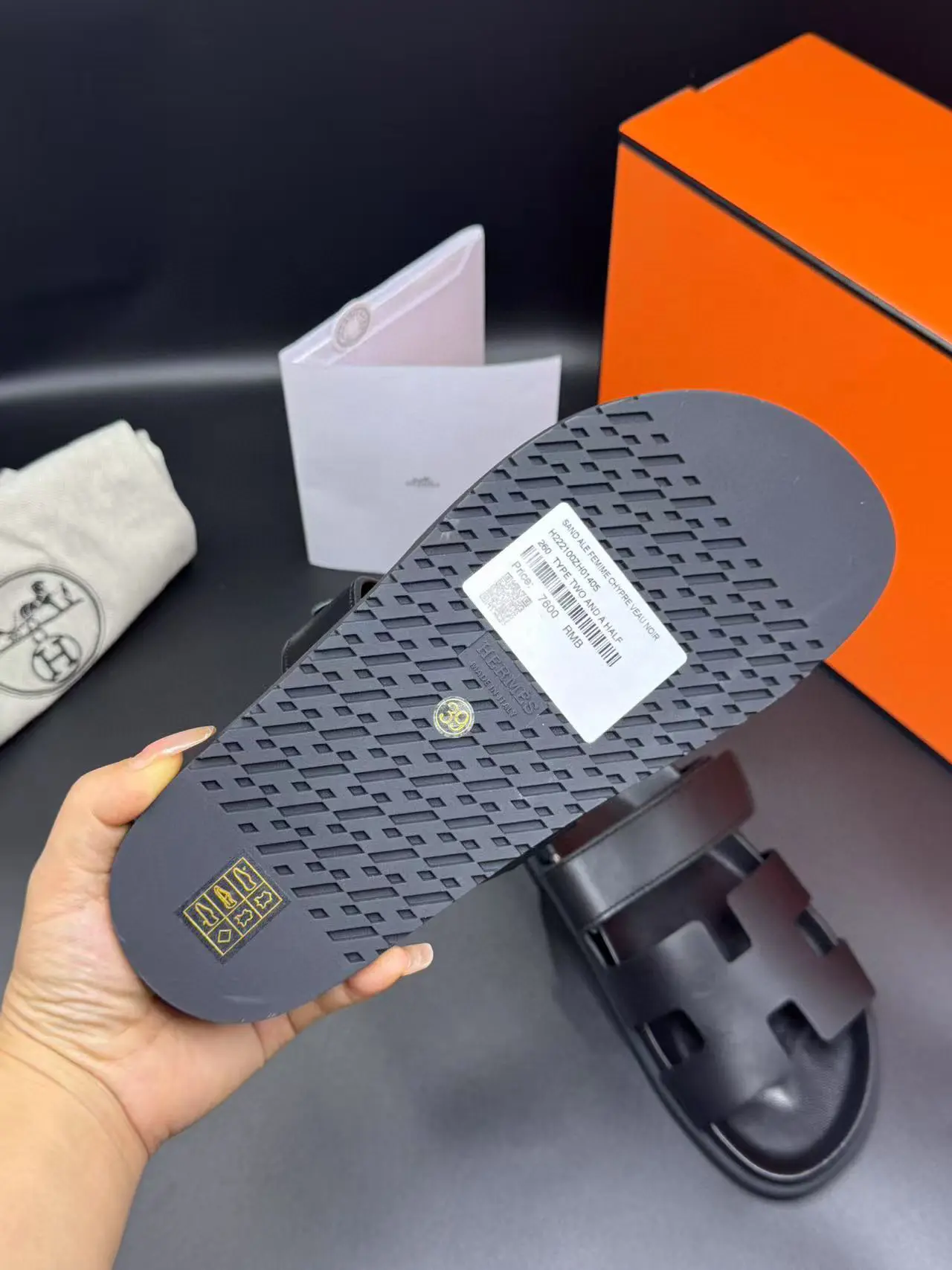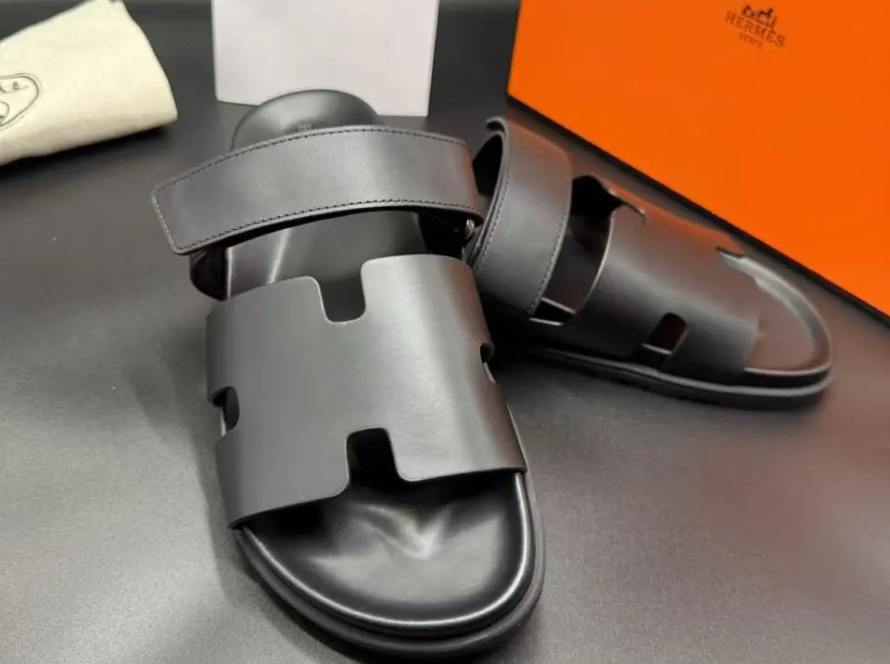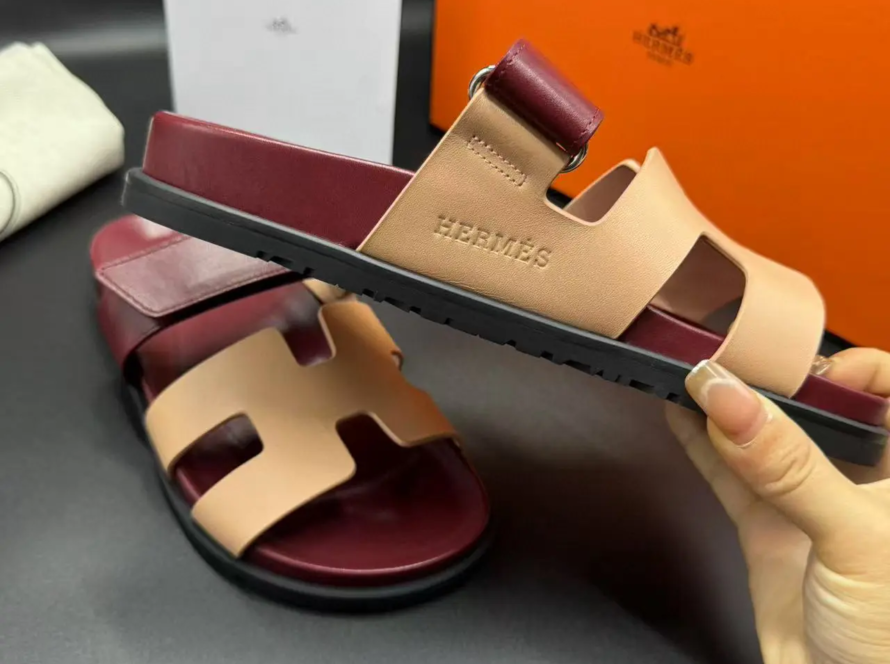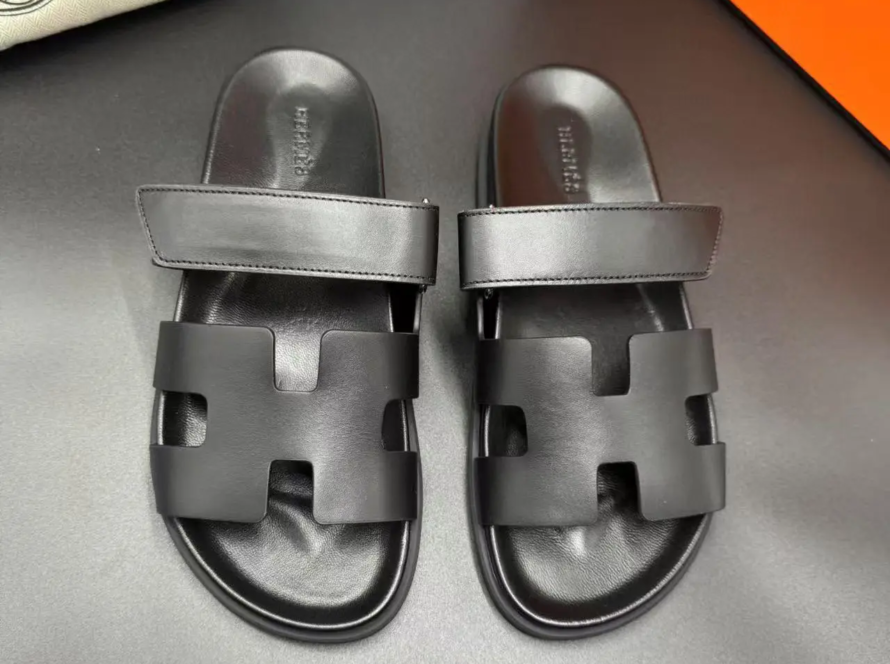
As a consumer, nothing is more frustrating than finding dry rot on your favorite shoes. Dry rot is a fungal infection that can cause significant damage to the shoes, resulting in fragile, cracked and eventually ruptured materials. Learn about the reasons for protecting your shoes from this destructive condition, understand the causes, symptoms and ways to prevent them.
Causes of dry rot in shoes
——————————————————————————————————————————–
Dry rot is caused by a fungus that thrive in a warm, humid environment. Fungi are usually a mold that feeds on organic materials in shoes such as leather, glue, and fabric. It is an ideal environment for fungal growth when the shoes are exposed to excessive moisture, poor ventilation or high temperatures. Other factors that cause dry rot include:
* Poor storage conditions: Store shoes in wet places, dark areas can encourage fungal growth.
*Infrequent use: shoes worn regularly will have dry rot due to lack of airflow and moisture accumulation.
*Improper cleaning: Using harsh chemicals or excessive water can damage the material and create an environment conducive to fungal growth.
Symptoms of dry rot in shoes
——————————————————————————————————————————–
Symptoms of shoe dry rot may depend on the type of material and the severity of the infection. Common signs include:
*Cracked or brittle: The material may dry and crack, causing the texture to become brittle.
*Discoloration: Due to the growth of fungi, the affected area may turn white, yellow or brown.
*Moldy smell: Strong, unpleasant odor may indicate dry rot.
*Sliced or peeled: The material may peel or peel off, revealing a powdery or fragmented surface below.
Prevent and treat shoes dry rot
—————————————————————————————————————————————————————————————————————————————————————-
Preventing dry rot is easier than treating. To protect your shoes from dry corrosion, follow these tips:
*Storage shoes in a well-ventilated area away from direct sunlight and moisture.
* Avoid exposing shoes to extreme temperatures or humidity levels.
* Clean your shoes regularly with a gentle detergent and then dry thoroughly.
* Apply waterproofing to protect the material from moisture.
*Wear shoes regularly to maintain airflow and prevent moisture from building up.
If you have noticed signs of dry rot, then quick action must be taken to prevent further damage. You can try the following treatments:
*Apply fungicides specially designed for shoes to the affected areas.
* Use shoes or leather oil to moisturize and protect the material.
* Avoid using harsh chemicals or excessive water, which can aggravate the problem.
in conclusion
—————–
Dry rot is a common problem and may affect any type of shoe, but can be prevented with proper maintenance and maintenance. By understanding the causes and symptoms of dry rot, you can take steps to protect your shoes and prevent significant damage. If you do notice signs of decay, feel free to take action and seek treatment to save the shoes. Remember that prevention is key and with the right care you can enjoy your shoes for years to come.
FAQs (FAQs)
—————————————————————————————————————————————————————————————————————————————————————-
Q: What is dry rot and how does it affect shoes?
A: Dry rot is a fungal infection that feeds on the organic materials in shoes, making them vulnerable, ruptured and eventually ruptured.
Q: How to prevent shoes from rotting?
A: Store your shoes in a well-ventilated area to avoid exposing them to extreme temperatures or humidity, clean them regularly and waterproof.
Q: Can dry rot be treated or permanent?
A: If captured early, dry rot can be treated, but severe cases may be permanent. Apply fungicides and use shoe conditioner or leather oil to moisturize and protect the material.
Q: Are all shoes prone to dryness and rot?
A: Yes, any type of shoes can develop dry rot, but leather shoes are more likely to suffer from this due to their organic materials.
Q: How do I know if my shoes are dry rot?
A: Look for symptoms such as cracking, brittleness, discoloration, mold and peeling or peeling. If you notice any of these signs, take action immediately to prevent further damage.




